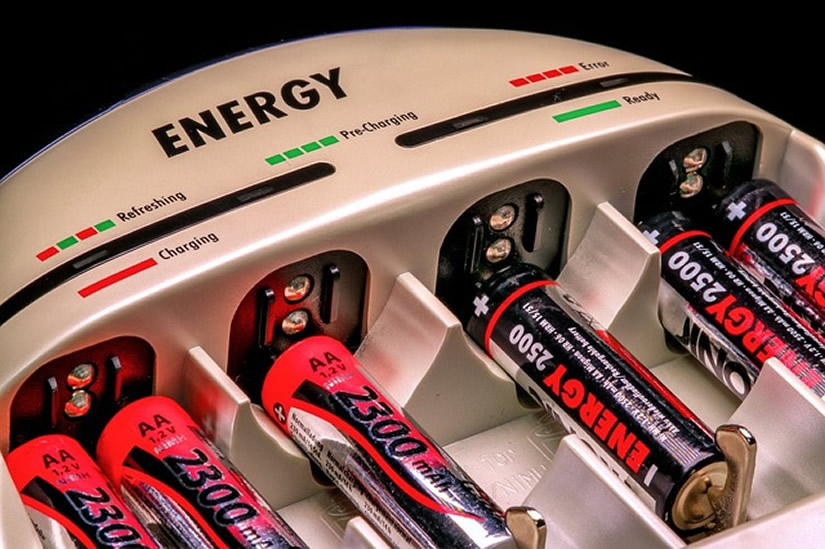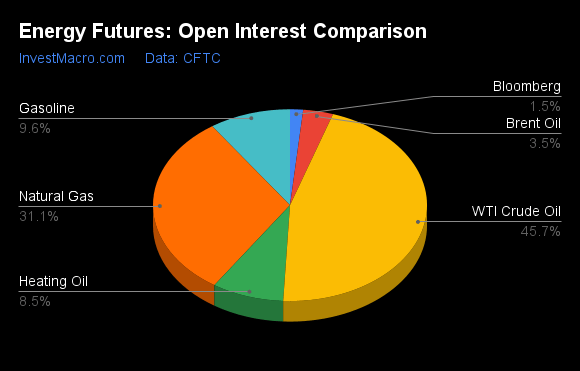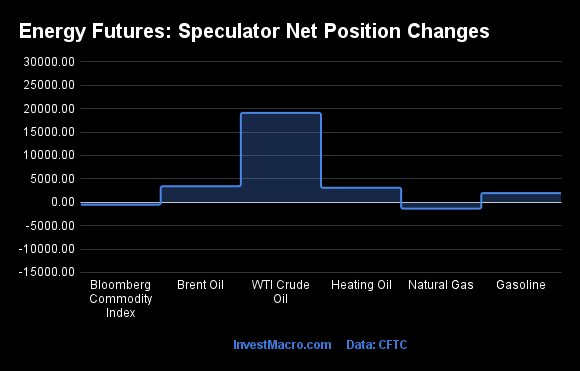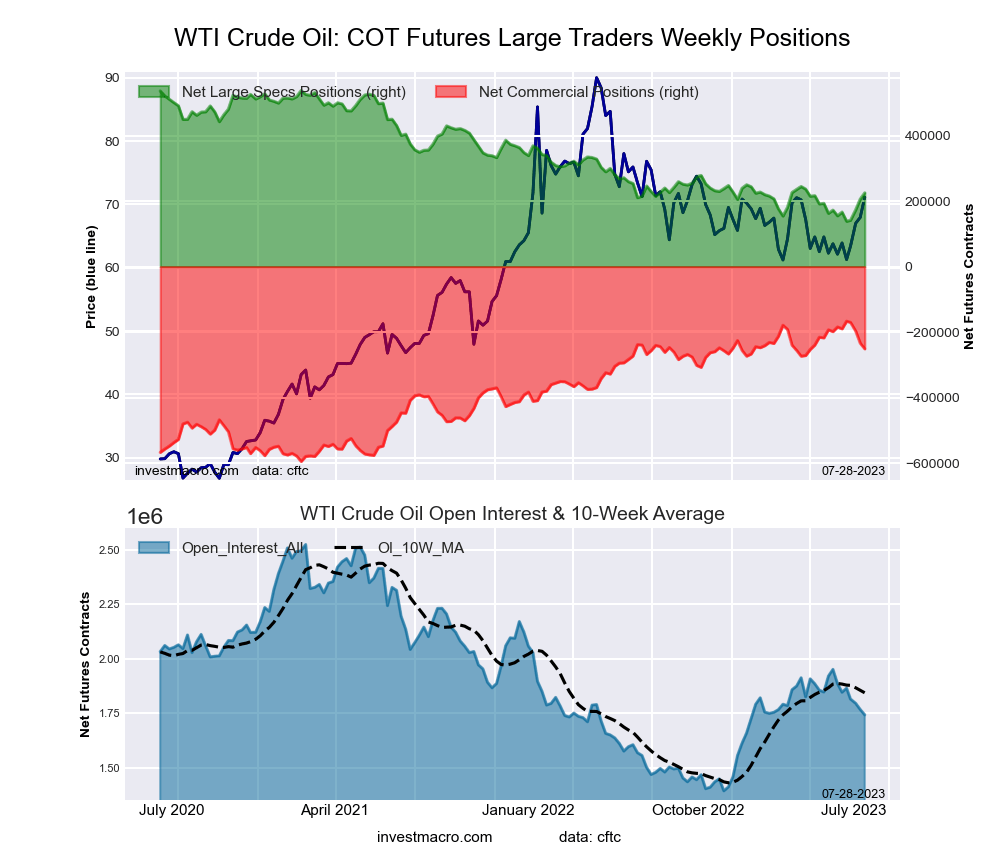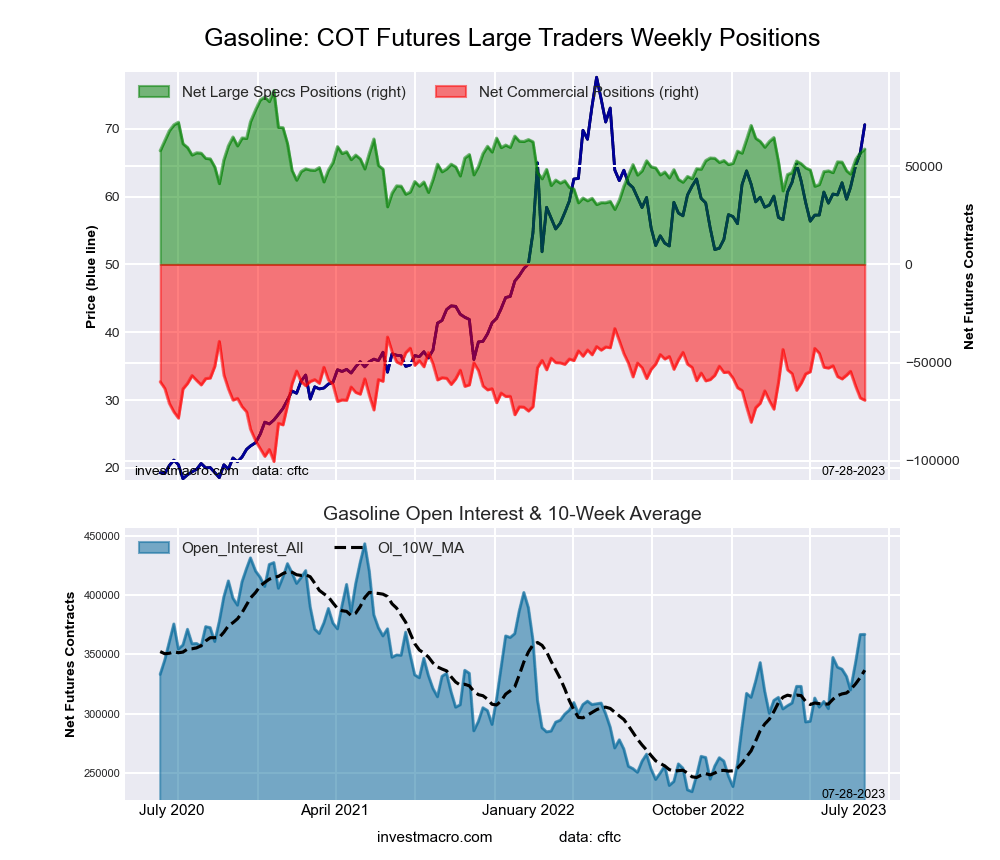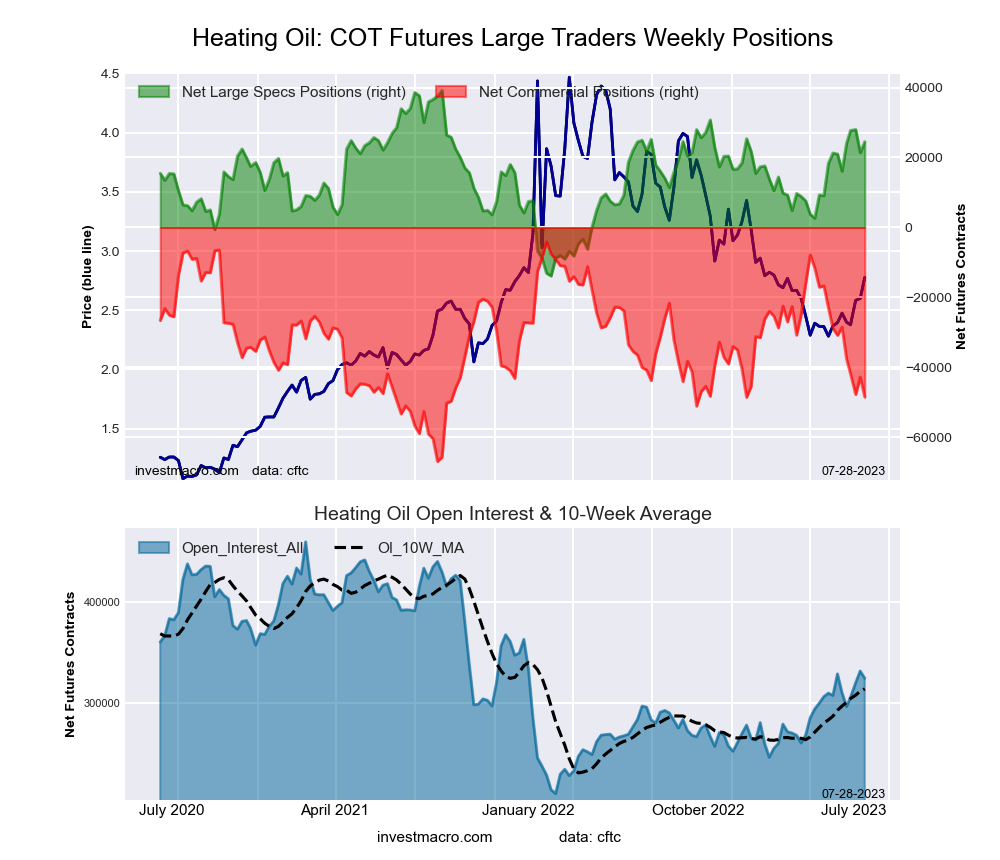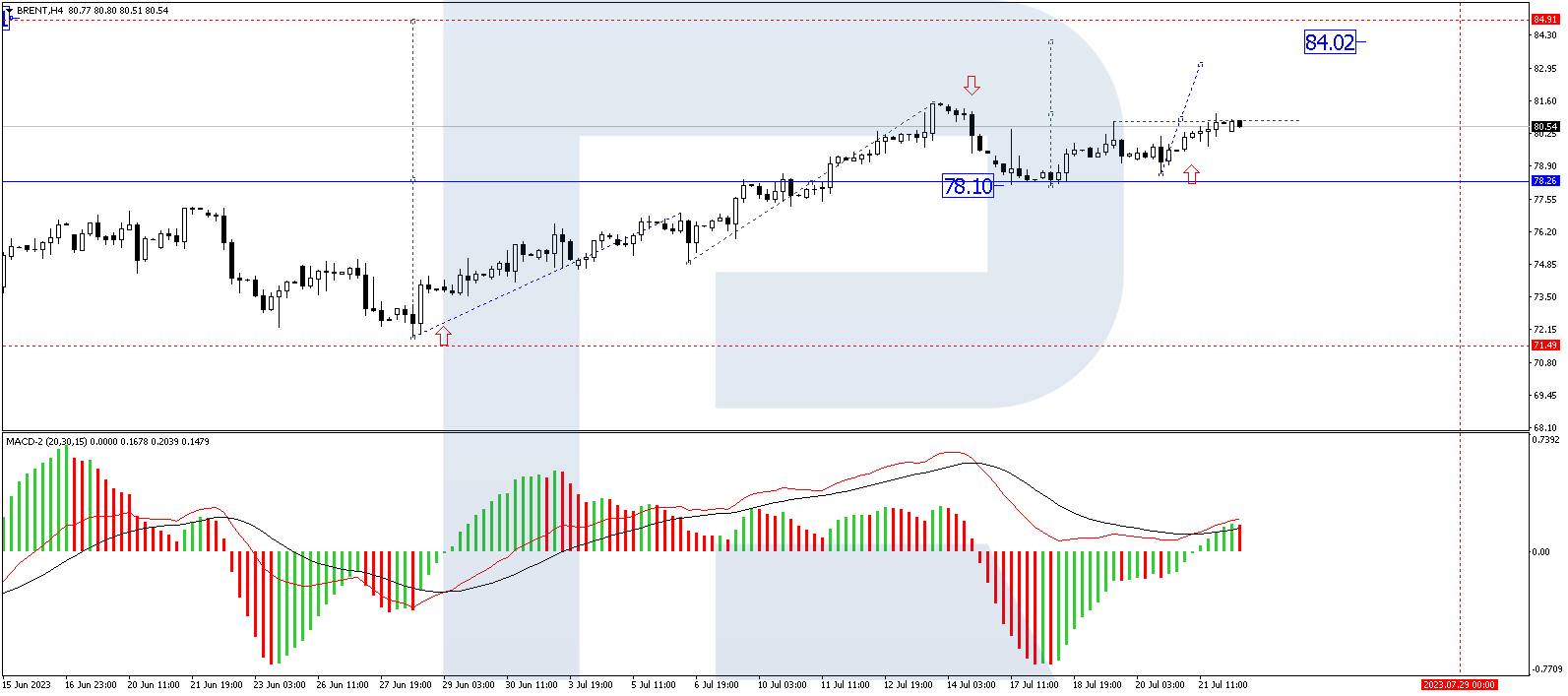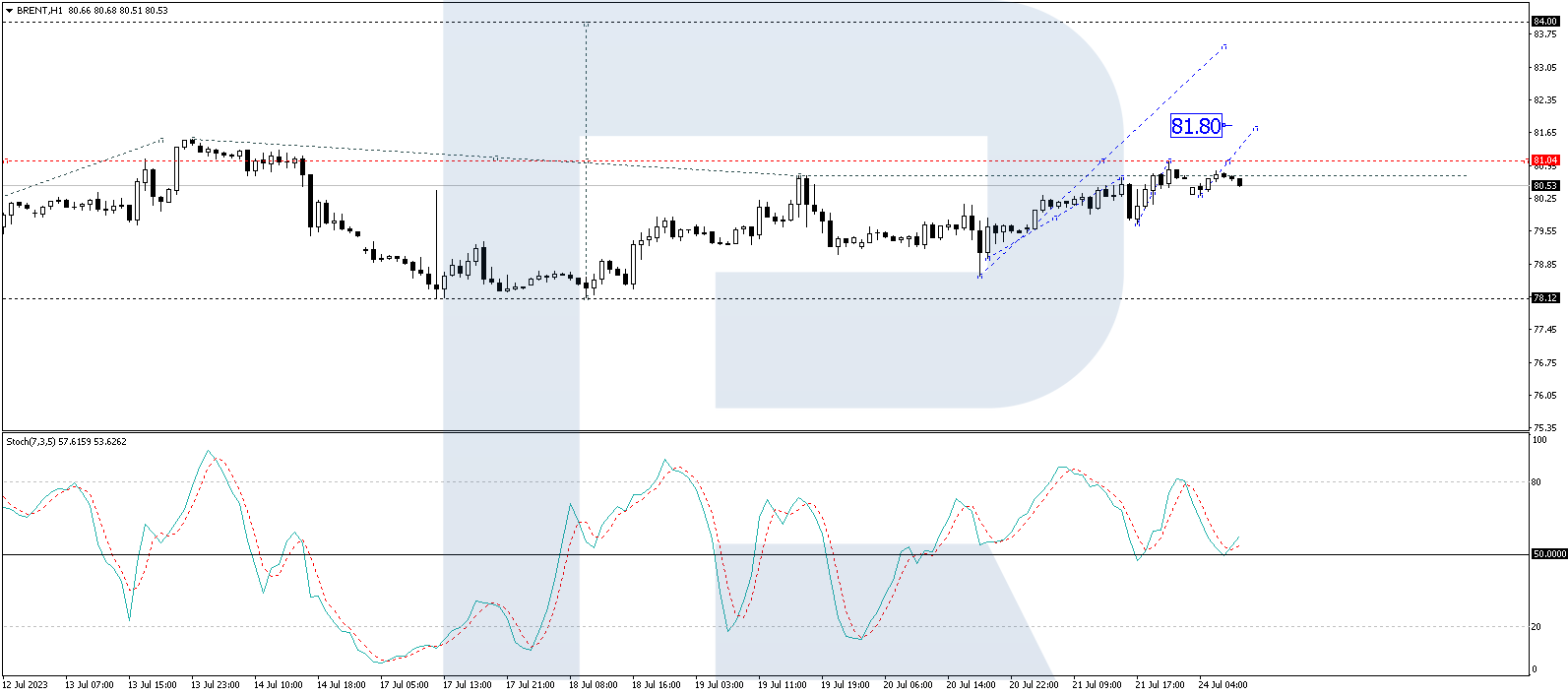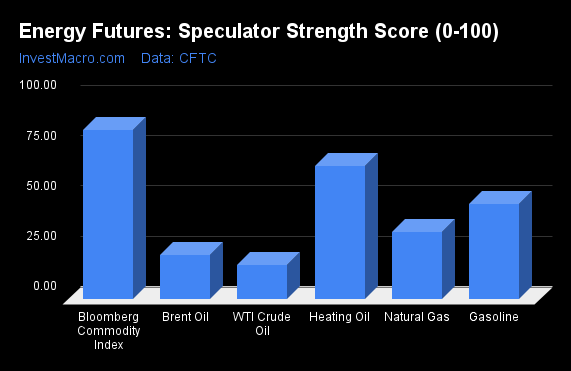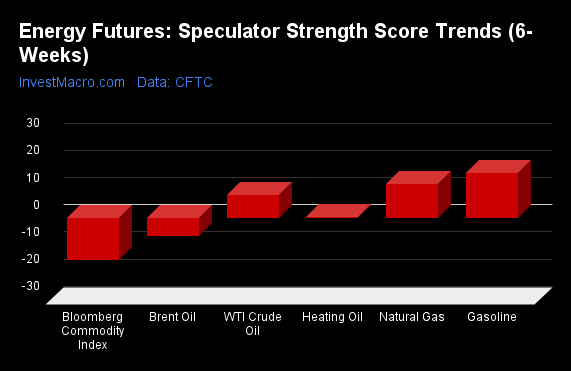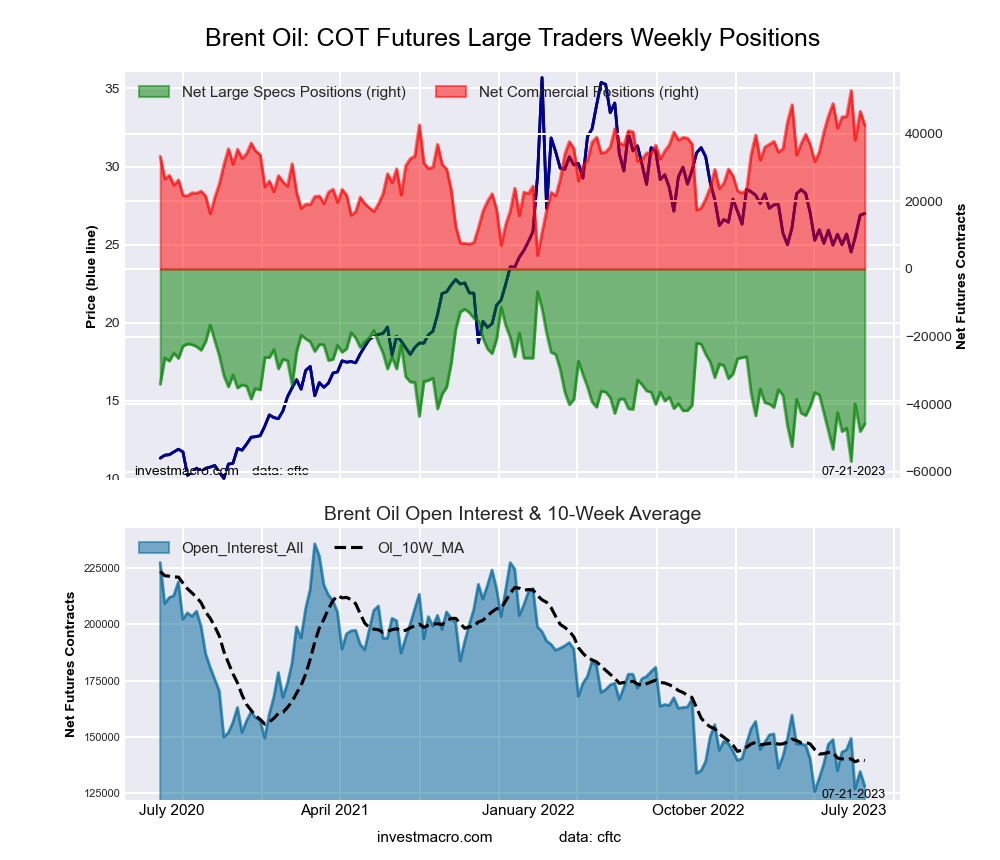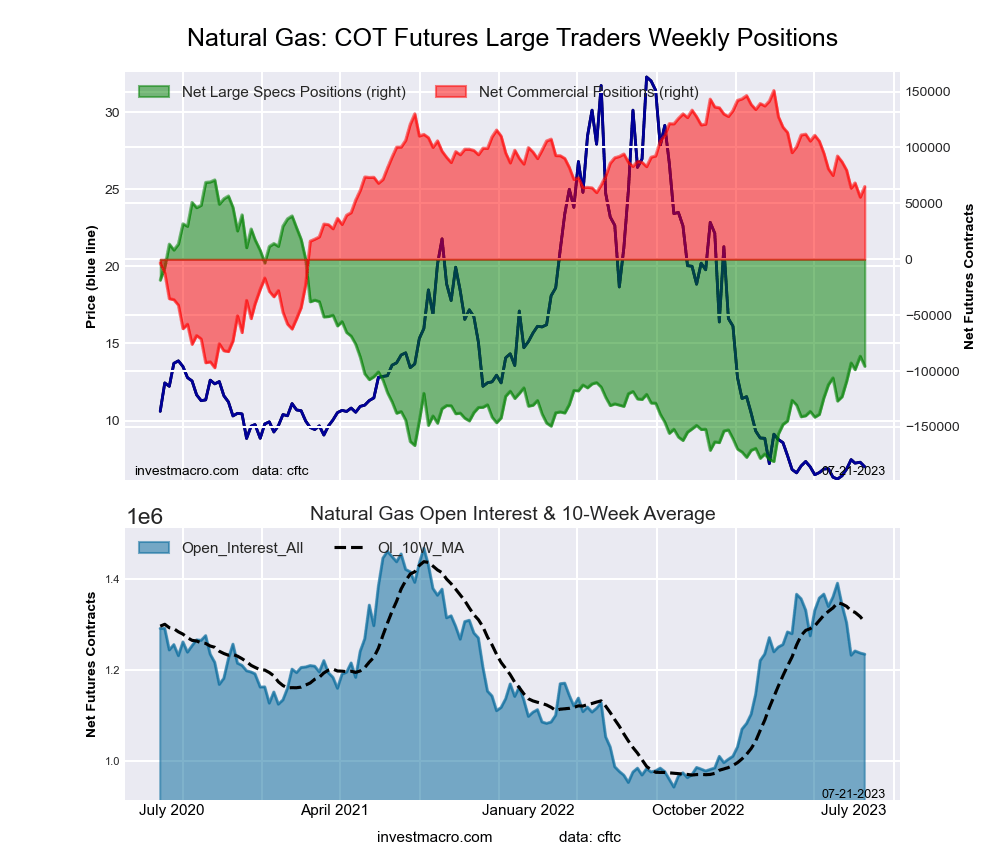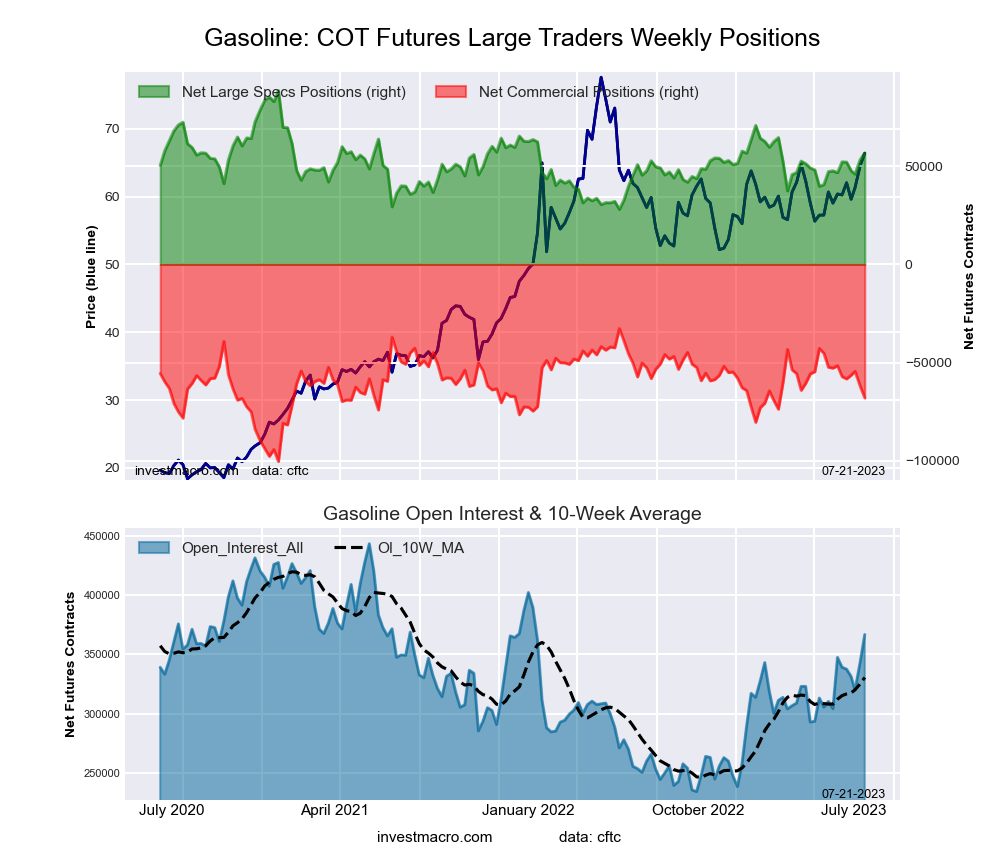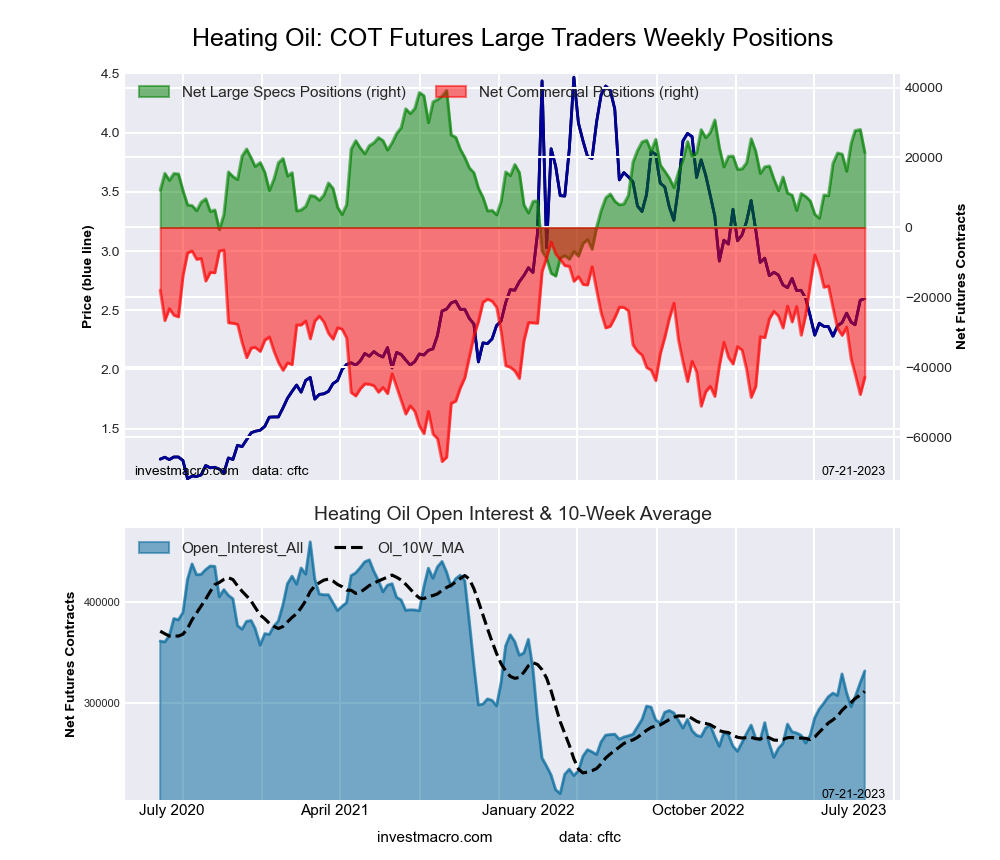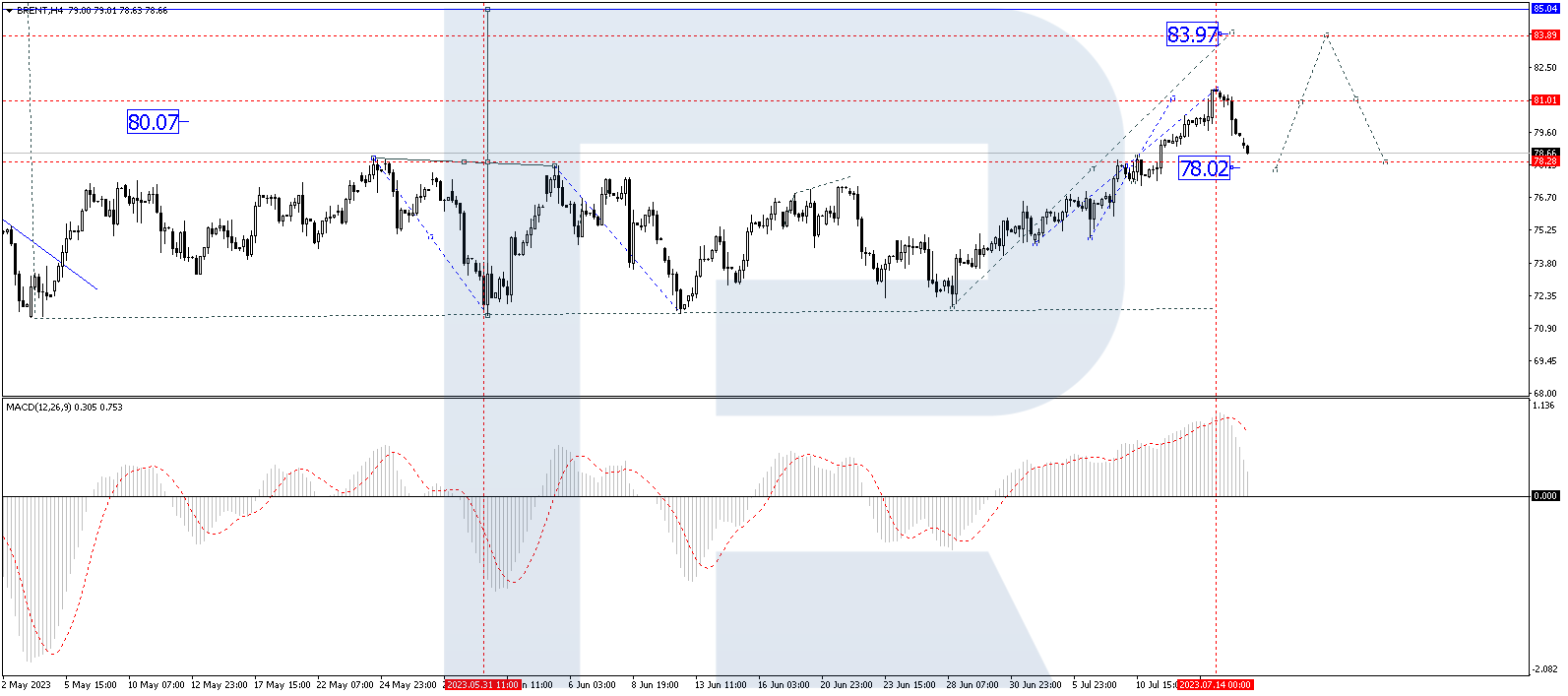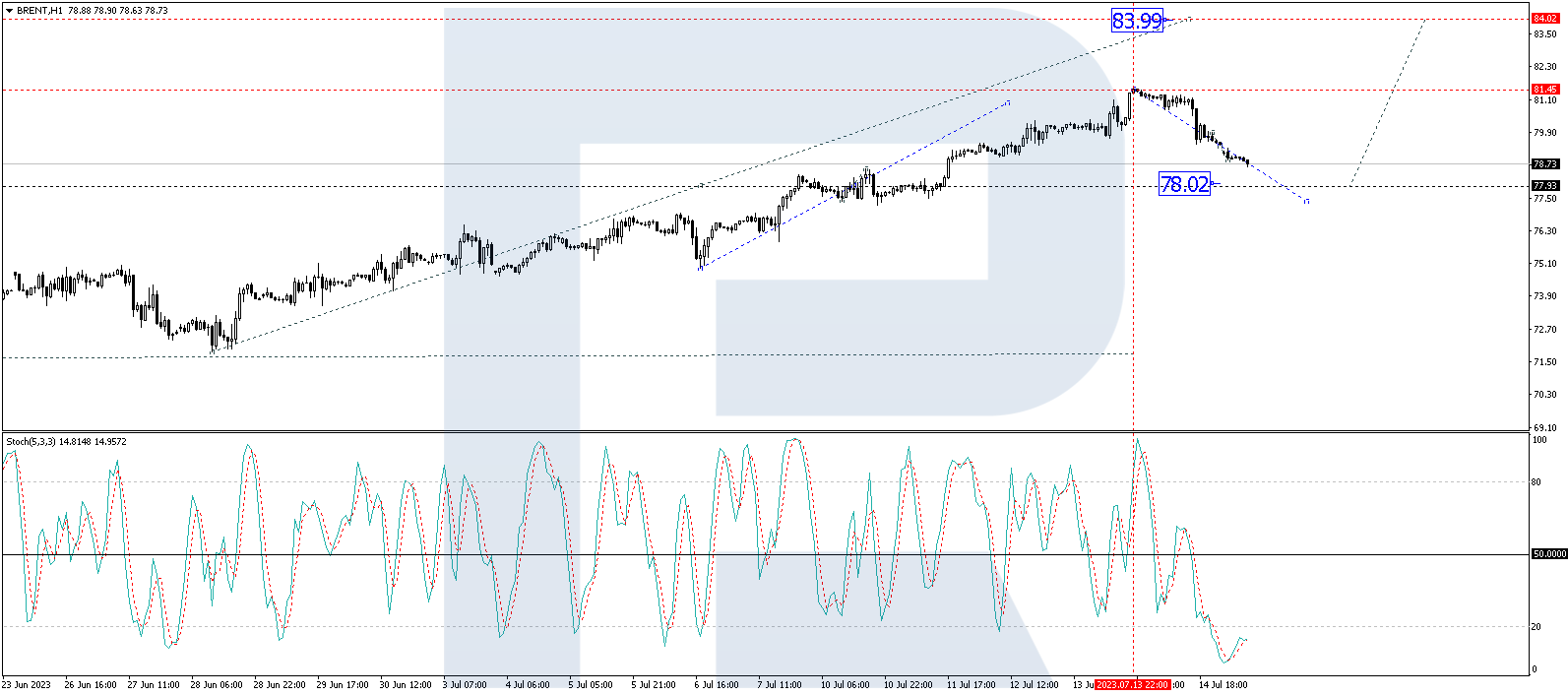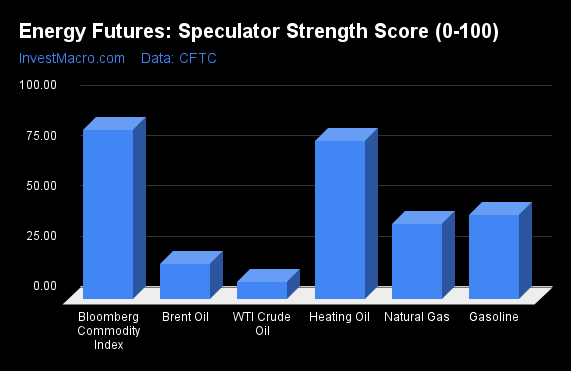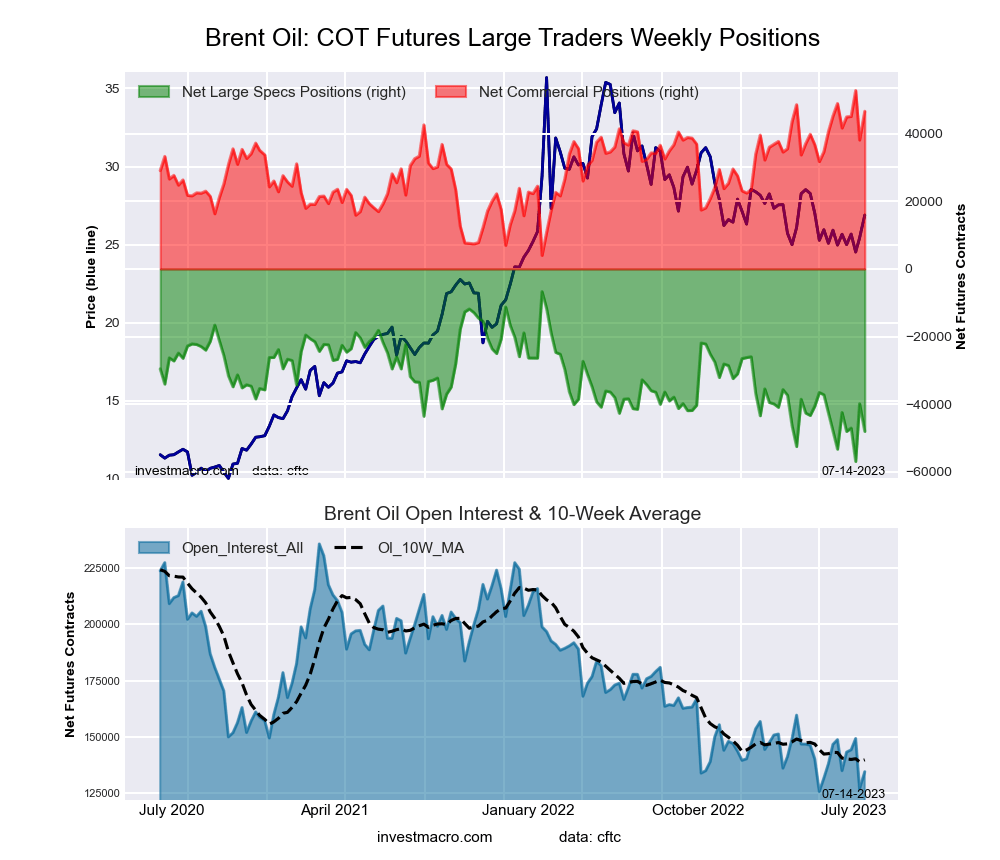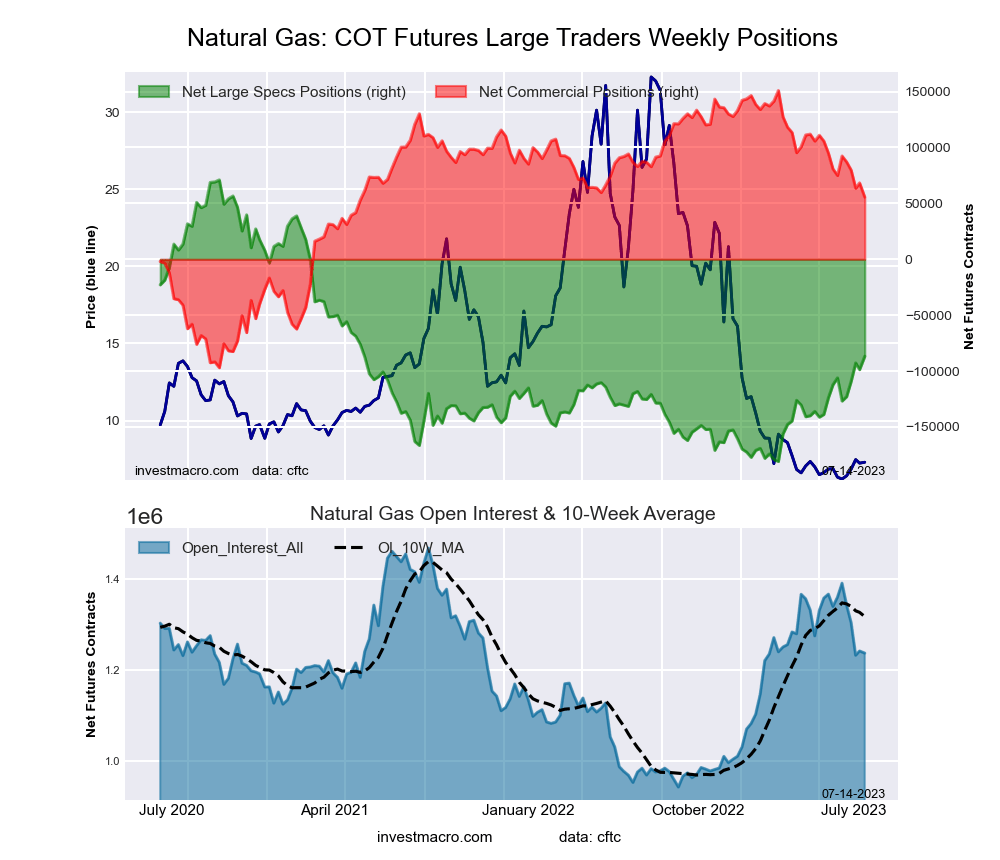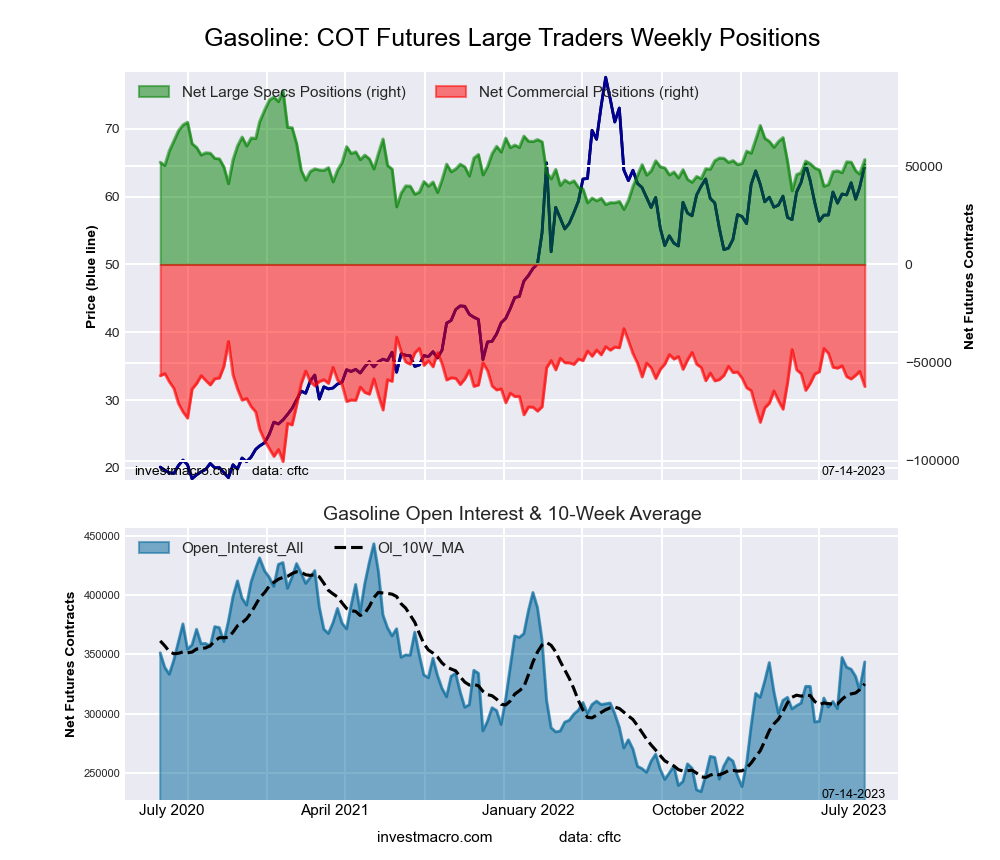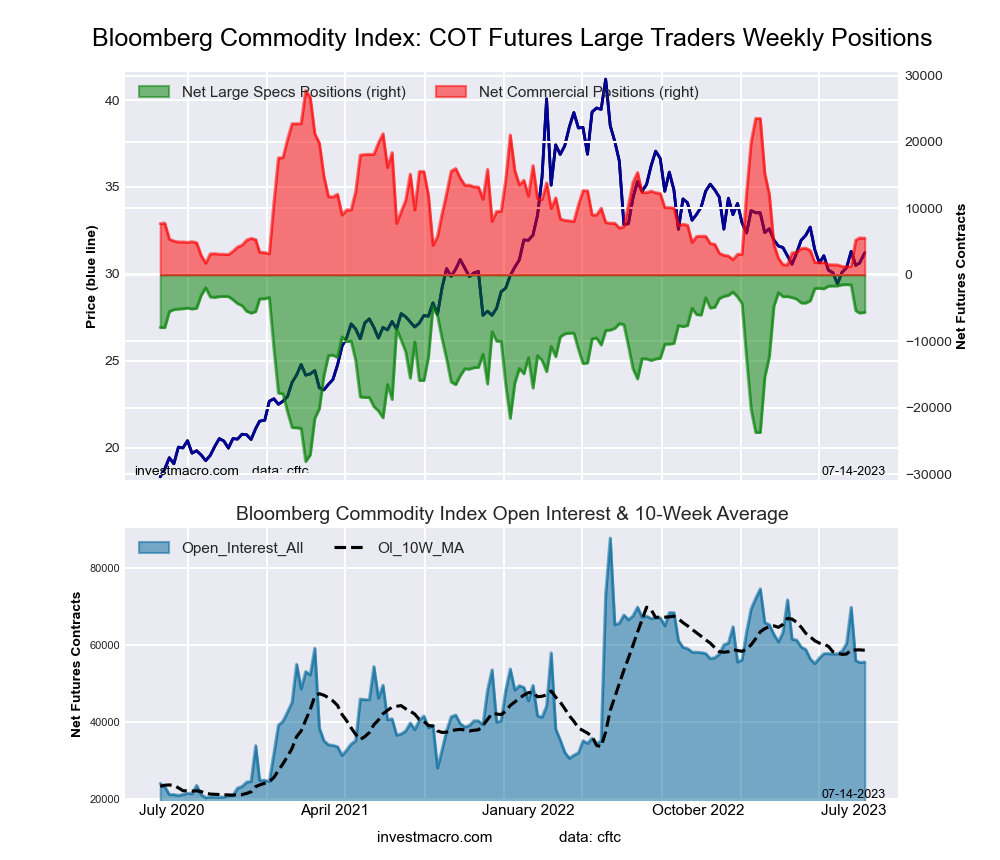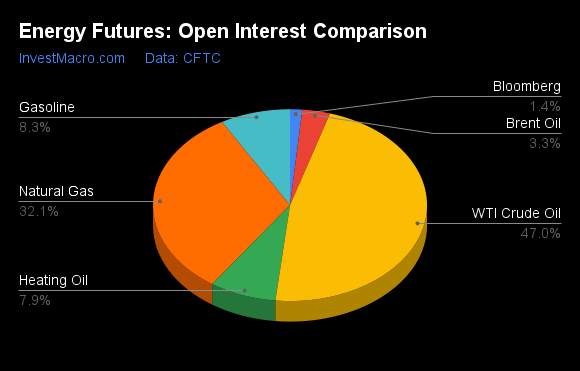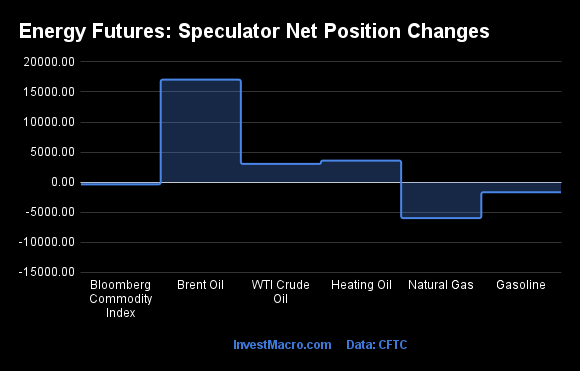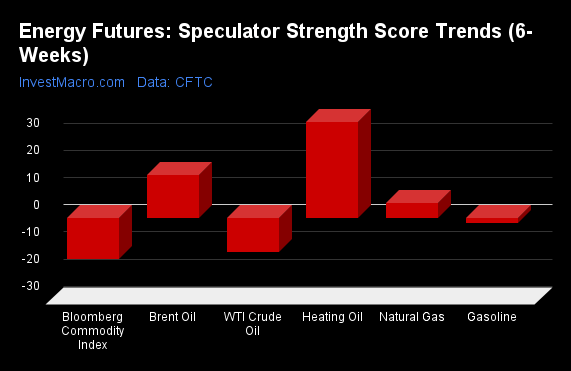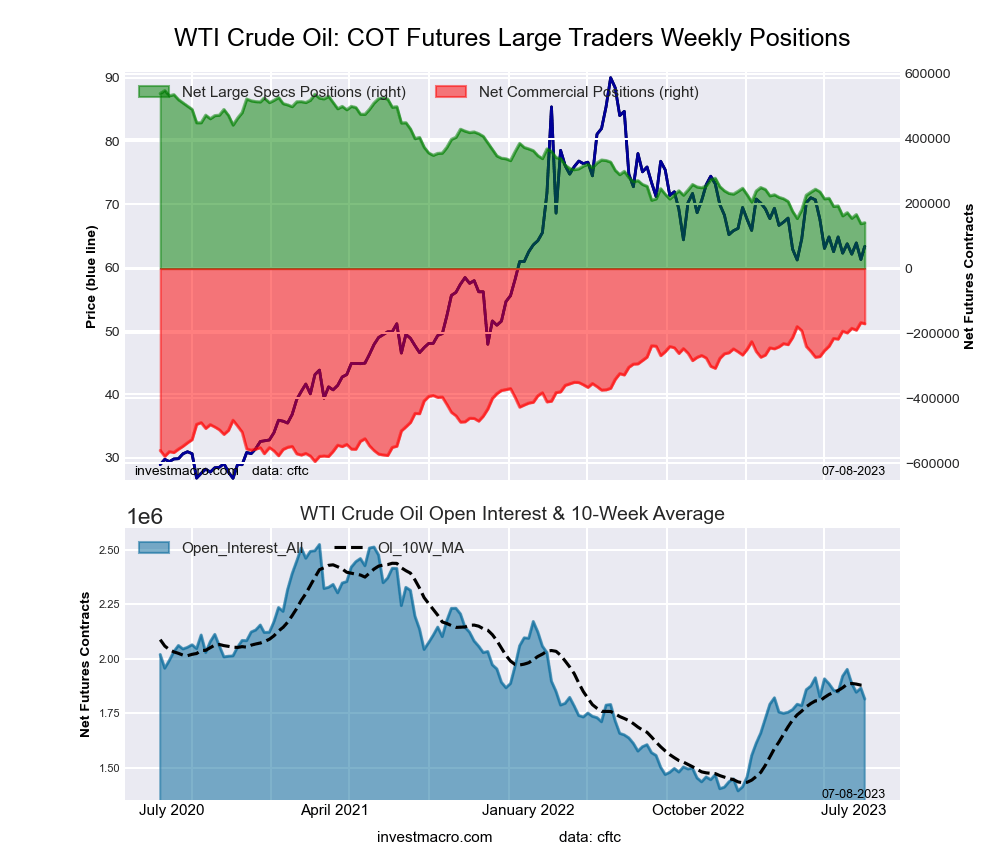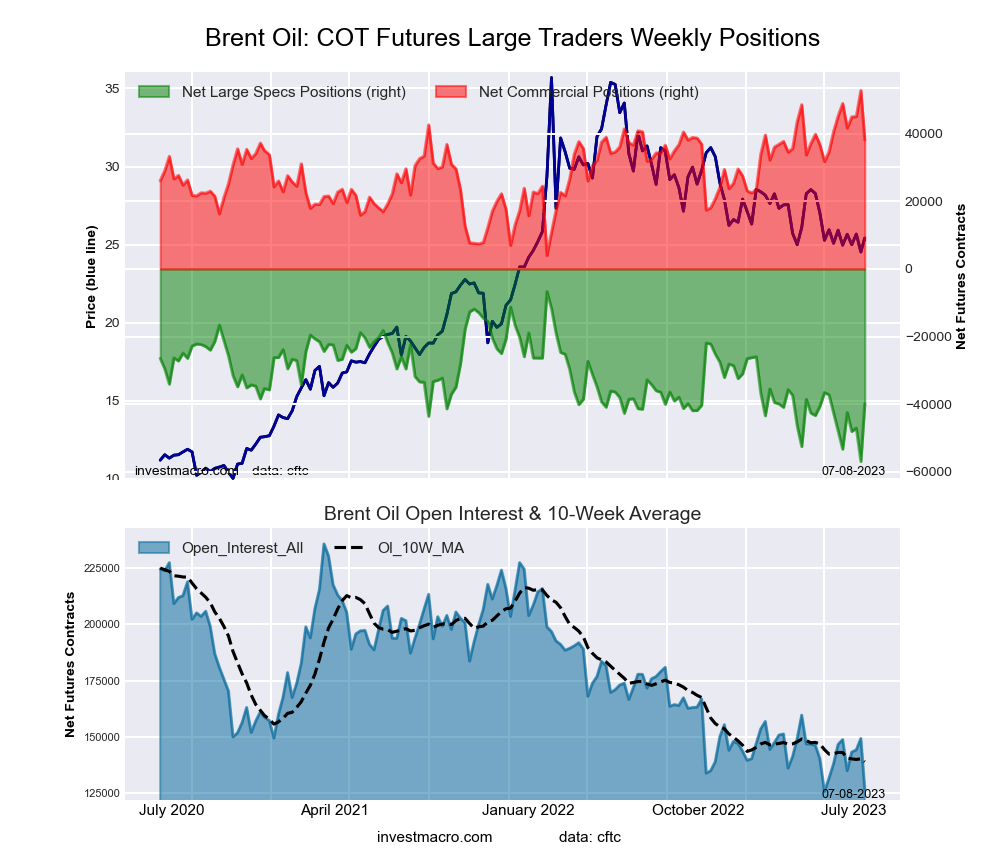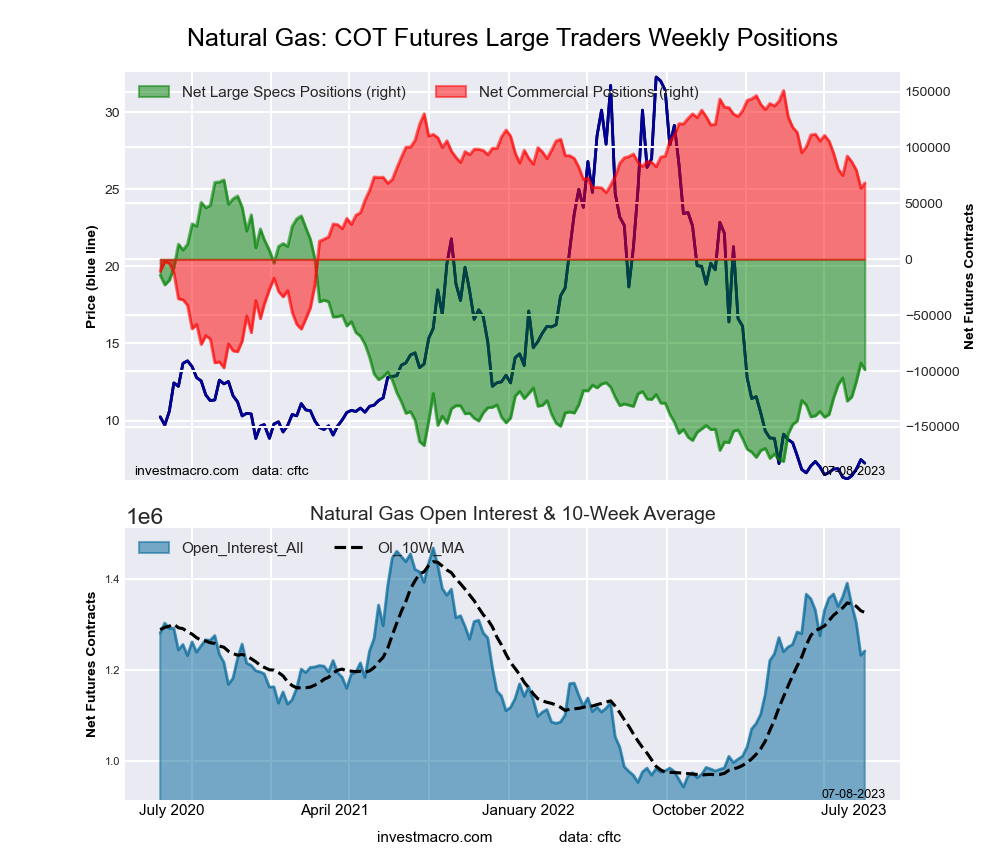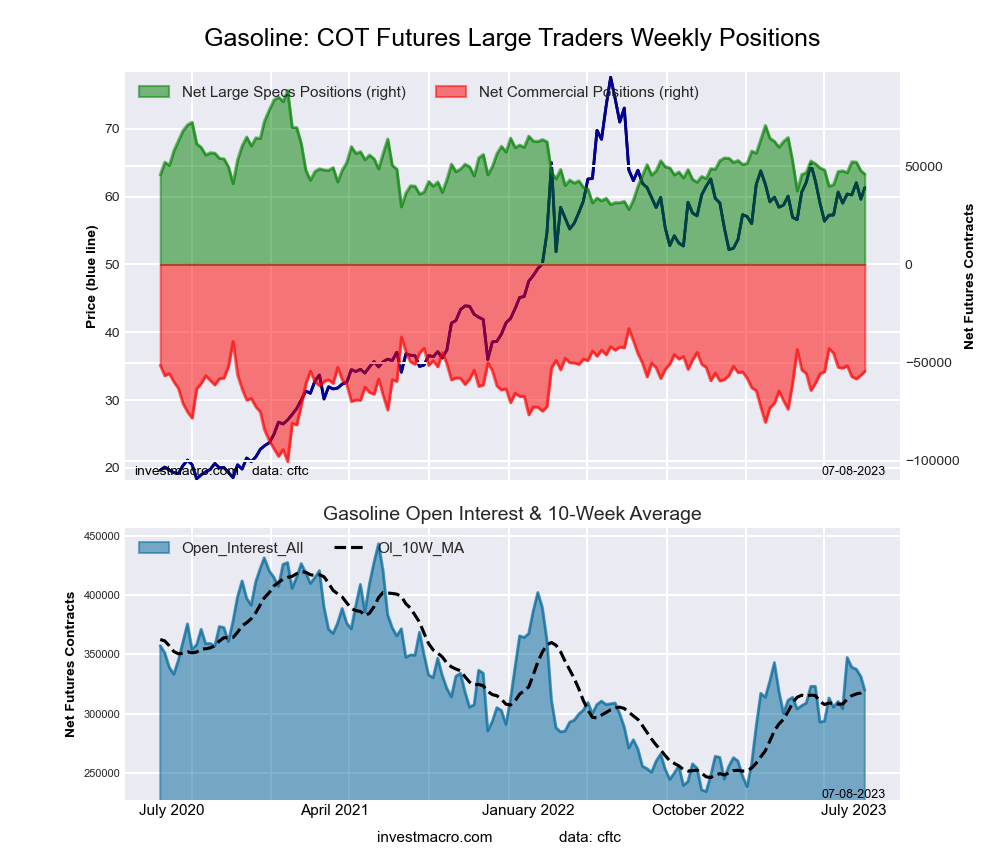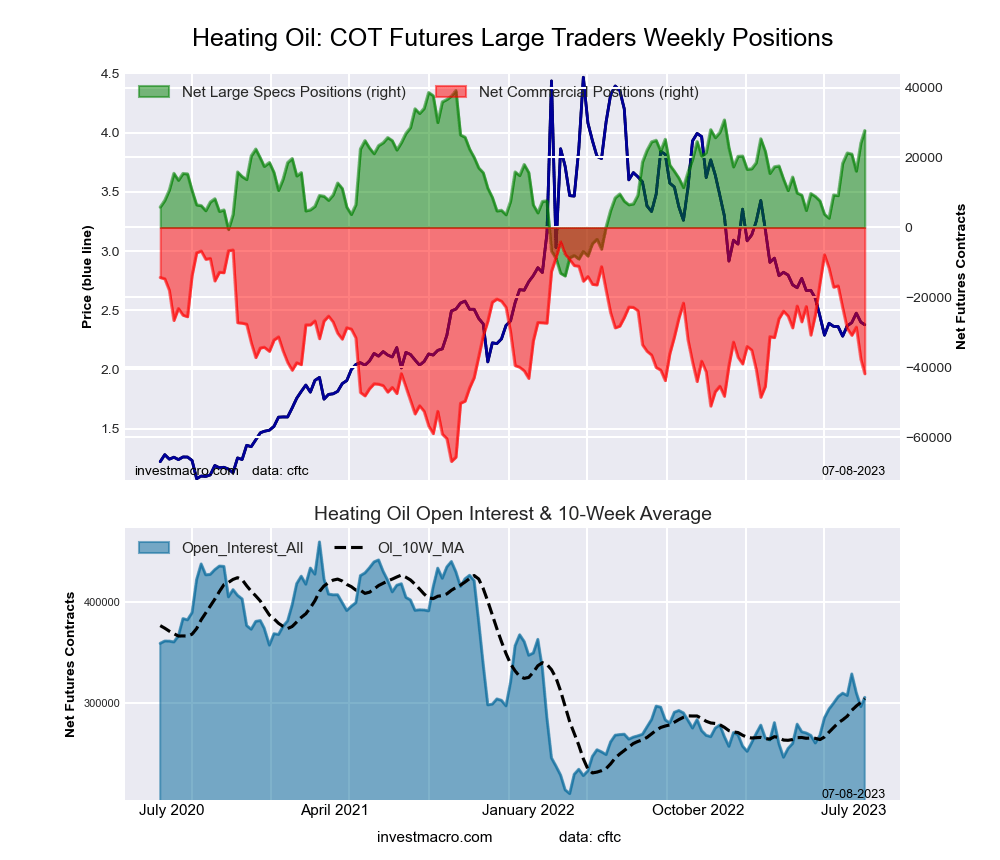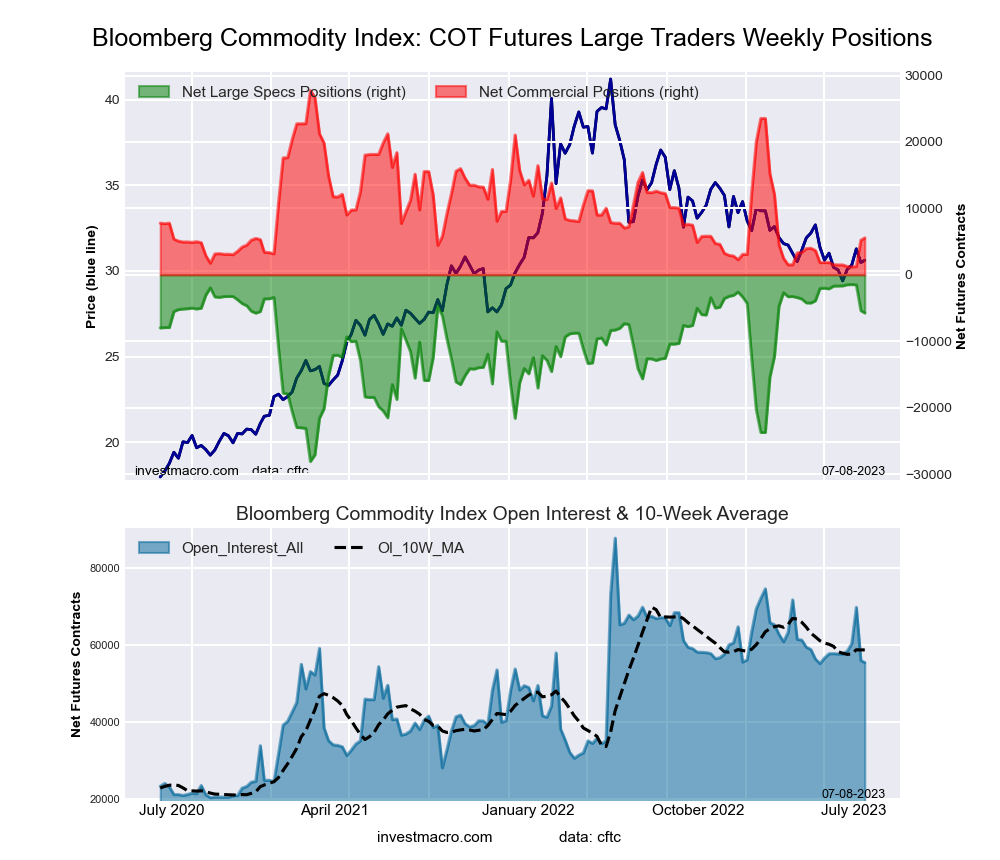Source: Streetwise Reports (7/25/23)
For this green tech company looking to save space on solar power installations, the agreement is proof that its technology is commercially legitimate.
Green tech company Three Sixty Solar (VSOL:NEO;VSOLF:OTC) announced it had signed a non-binding letter of intent for the sale and installation of its first solar tower.
The agreement with Cattail Crossing Golf and Winter Club in Sturgeon County, Alberta, indicates the club’s intent to install a Three Sixty Solar tower to generate power for the golf course and the clubhouse.
Three Sixty’s solar towers build up instead of out to save space, rising vertically instead of covering acres of ground horizontally, leaving up to 80% to 90% more room for other economic or preservation purposes.
“They have substantial power needs and don’t want to give up their land because, obviously, that takes up space they need for the course,” Three Sixty Solar Chief Executive Officer Brian Roth told Streetwise Reports.
For Three Sixty, it’s an important step and a proof of concept for the technology, he said.
Three Sixty’s technology is a “big deal” because most solar farms are in rural areas, leading to energy leakage getting the electricity across distances and to market, Technical Analyst Clive Maund wrote.
“The biggest thing is just as we work through the commercialization process, it’s proof that it’s commercially legitimate and that people are willing to pay and move forward on projects that are not just demonstrations or R&D funded,” Roth said.
Three Sixty’s technology is a “big deal” because most solar farms are in rural areas, leading to energy leakage getting the electricity across distances and to market, Technical Analyst Clive Maund wrote.
In addition, the vast areas of land consumed by these solar arrays generally mean that it can’t be used for anything else, so there is a serious opportunity cost loss as well, he said.
The company’s vertical tower arrays can be built virtually anywhere, including in cities, and they take up little space.
“Three Sixty Solar’s towers will eventually render all these vast acreages of solar panels all over the place obsolete,” Maund wrote. “This being so, its stock has the potential to appreciate by many thousands of percent.”
‘Ideal Solution’ Does Not Sacrifice Land
According to the letter of intent, the parties plan to begin a feasibility study on the site as quickly as possible with the goal of reaching a binding purchase order by Aug. 31.
According to a Stratistics MRC report, the global market for solar energy accounted for US$76 billion in 2020 and is forecasted to reach US$296 billion by 2028, growing at a compound annual growth rate (CAGR) of 18.5%.
Cattail Crossing owner Mark Beck said the club had been looking for ways to add renewable energy to the operation, but he couldn’t find anything suitable for the land.
“The solar towers offered by Three Sixty are such a unique approach that we can easily make it fit and generate power for our irrigation systems, cart charging, and more,” Beck said. “We are looking forward to working with Three Sixty and becoming an advocate for the solar tower solution to our friends in the golf community.”
Three Sixty’s solar technology is an “ideal solution” for the club “to provide power for operations without sacrificing the land they need for the course and clubhouse,” Roth said.
The Catalyst: Targeting Net Zero Emissions
Driving the growth is an increase in pollution, a surge in rooftop applications, and increased adoption in agriculture, the report said.
Solar power uses photovoltaic cells and other technologies to capture the sun’s radiant energy, which is efficient and renewable and mitigates environmental risks coming from options creating greenhouse gas emissions.
According to the Solar Energy Industries Association, the cost to install the equipment has dropped by 50% over the last decade, leading to the deployment of thousands of new systems in new markets.
Governments are giving big incentives, as well. Canada is targeting net zero emissions by 2050 and has launched a CA$964 million program, Three Sixty Solar said. The United States Inflation Reduction Act commits US$370 billion to fund green energy, and the European Union has an energy target of at least 32% from solar by 2030. The European Green New Deal envisions a climate-neutral continent by 2050.
Countries have been “throwing record amounts of money at these types of technologies and trying to green our electricity grid,” Roth said. “There’s just a huge opportunity to clean up our electricity production while . . . being very cost competitive with the older technologies.”
According to a Stratistics MRC report, the global market for solar energy accounted for US$76 billion in 2020 and is forecasted to reach US$296 billion by 2028, growing at a compound annual growth rate (CAGR) of 18.5%.
Demonstration Tower Declared a Success
There are three models of towers, which soar from 40 feet to 120 feet tall and produce as much as 250 kilowatts per tower, the company said. They are manufactured in Canada and the U.S., approved by a U.S.-licensed engineer, and support many solar panel brands.
A demonstration tower in Kelowna, British Columbia that was in operation for 16 months was declared a success after it survived a major windstorm with gusts as high as 84 mph, intense rain and hail, and a snowstorm with no structural or panel damage.
The vertical positioning of the panels on the tower also prevented snow from covering the panels, which often inhibits power production in flatter, ground-mounted installations, the company said.
The Cattail Crossing tower will be proof that the solar towers are commercially viable, Roth said.
“And it will be an opportunity for us to go through the delivery process and continue to refine that,” he said.
The tower’s design enables it to be built with different materials to survive threats in different environments, such as surviving earthquakes in California or surviving hurricanes in Florida.
Power production and add-ons like telecommunications arrays and EV charging stations are opportunities to create more recurring revenue from the towers, Roth said.
Three Sixty Solar has applied for patents with the World Patent Office and others in North America, the European Union, and Africa.
Ownership and Share Structure
According to the company, about 21% of Three Sixty Solar is held by management and insiders. The CEO Roth owns 3.43%, founder and Director Peter Sherba owns about 30%, and Director Scott McLeod owns about 0.21%, Reuters said.
About 28% is held by strategic investors, and the rest, about 51%, is retail.
Three Sixty Solar’s market cap is CA$20.23 million, with about 43.5 million shares outstanding. It trades in a 52-week range of CA$1.29 and CA$0.51.
Important Disclosures:
- Three Sixty Solar Ltd. has a consulting relationship with an affiliate of Streetwise Reports, and pays a monthly consulting fee between US$8,000 and US$20,000.
- As of the date of this article, officers and/or employees of Streetwise Reports LLC (including members of their household) own securities of Three Sixty Solar Ltd.
- Steve Sobek wrote this article for Streetwise Reports LLC and provides services to Streetwise Reports as an employee.
- The article does not constitute investment advice. Each reader is encouraged to consult with his or her individual financial professional. By opening this page, each reader accepts and agrees to Streetwise Reports’ terms of use and full legal disclaimer. This article is not a solicitation for investment. Streetwise Reports does not render general or specific investment advice and the information on Streetwise Reports should not be considered a recommendation to buy or sell any security. Streetwise Reports does not endorse or recommend the business, products, services or securities of any company mentioned on Streetwise Reports.
For additional disclosures, please click here.
.png)
.png)
 Article by ForexTime
Article by ForexTime
